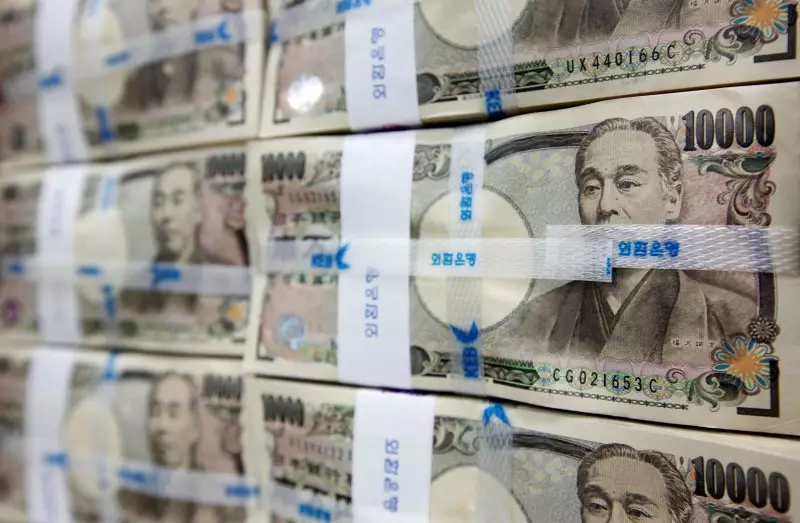Throughout Friday’s trading session, Asian currencies generally weakened, with notable movements impacting the South Korean won due to persistent political unrest in the region. In contrast, the Japanese yen exhibited slight resilience, buoyed by increasing expectations for a rate hike following a surprising inflation report from Tokyo. This juxtaposition underscores the complex interplay of political and economic forces shaping currency valuations in Asia.
The US Dollar Index, a critical measure of dollar performance against other major currencies, saw modest gains, remaining close to the two-year high it achieved the previous week. This uptick was reflective of broader trends in the currency market, particularly in light of recent commentary from the Federal Reserve which has indicated fewer anticipated rate cuts in the year 2025. For many Asian currencies, this has translated into downward pressure, further compounding losses sustained in recent weeks.
On Friday, the USD/JPY exchange rate experienced a decline of 0.3%. The consumer price index (CPI) data released indicated that inflation in Tokyo exceeded expectations for December, creating a narrative that implies a potential for a near-term increase in interest rates by the Bank of Japan (BoJ). Speculation around impending rate hikes was reinforced by a summary of opinions from a recent BoJ meeting, where some policymakers hinted that conditions were ripe for intervention in the near future.
Adding complexity to this scenario was the release of data indicating a contraction in Japan’s factory output for November, albeit at a slower rate than analysts predicted. Despite the subdued foreign demand, the manufacturing sector demonstrated signs of flexibility, though it remains vulnerable to the pressures of a sluggish global economy.
The Indian rupee faced considerable challenges, experiencing a decline as it approached record low values against the U.S. dollar. The USD/INR pair rose by 0.2% to 85.713 rupees, a reflection of the mounting pressures stemming from high inflation and economic uncertainty. This trend adds to the fragile financial landscape in India, raising alarms about the future direction of the currency amid global economic instability.
Conversely, the Chinese yuan exhibited little change, with the USD/CNY pair remaining stable. Recent data suggested that industrial profits in China fell at a decelerated yet still concerning rate in November. While this news provided a small sense of relief for the challenged sector, lingering issues—such as weak domestic demand—persist in hindering the recovery process.
Regional Insights: Winners and Losers
The Singapore dollar showed modest gains against the U.S. dollar, with the USD/SGD pair rising 0.1%. Meanwhile, the Australian dollar faced downward pressure, reflecting a broader trend among regional currencies. In the Philippines, the peso experienced a 0.4% decline, contrasting with the Indonesian rupiah, which rose by the same margin.
Highlighting the ongoing political issues, the South Korean won illustrated the impact of instability on currency performance. With political tensions escalating amid an impeachment vote for the acting president, Prime Minister Han Duck-soo, it is evident that the ramifications of political strife extend beyond domestic borders, raising concerns among international allies about South Korea’s democratic resilience.
The strength of the U.S. dollar can largely be attributed to the Federal Reserve’s hawkish stance on interest rates, coupled with projections of rising inflation and anticipated robust economic growth under the leadership of the incoming Donald Trump administration. As the Fed maintains its more aggressive monetary policy trajectory, Asian currencies are likely to continue facing headwinds, making it imperative for investors and policymakers to closely monitor these dynamics.
The interplay of inflationary pressures, political instability, and central bank policies underscores the intricate tapestry of factors influencing Asian currencies today. As the region navigates these turbulent waters, the outcomes of both economic indicators and political developments will undoubtedly shape the foreign exchange landscape in the weeks and months to come, leaving investors to contemplate the best strategies for safeguarding their assets in an increasingly unpredictable environment.

